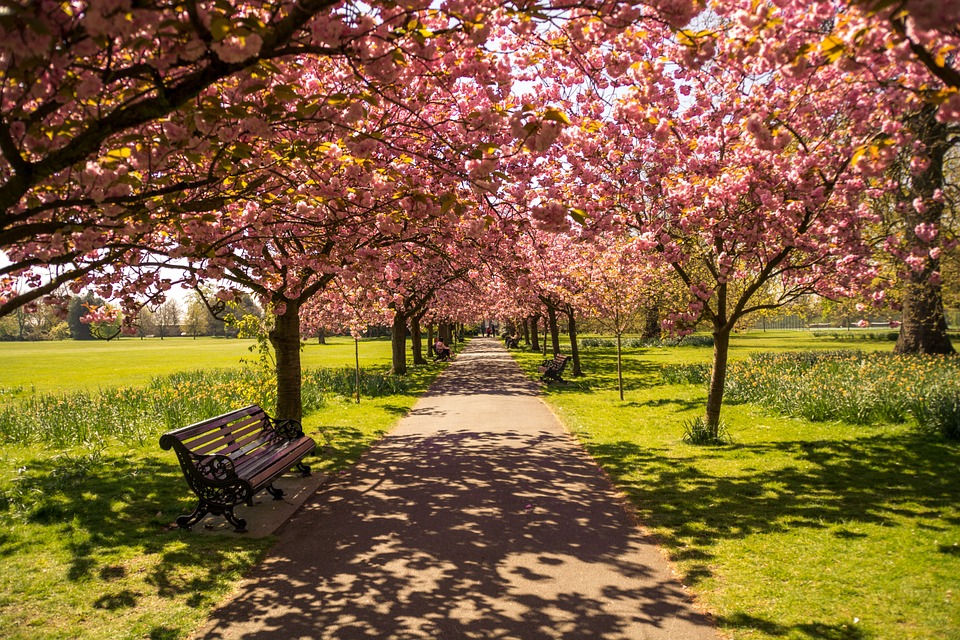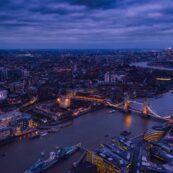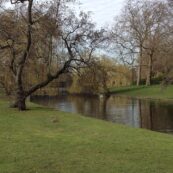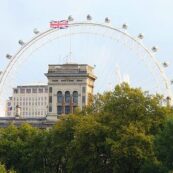
Hyde Park
Hyde Park is one of London’s eight royal parks. In terms of area, it ranks fourth: Hyde Park is located on 142 hectares. By comparison, Richmond Park is the largest, with an area of 955 hectares.
All the royal parks are managed by a special agency – The Royal Parks. London residents and tourists can use the parks for recreational purposes such as relaxing and walking, but they have no right to break the established order.
Hyde Park stands out among the rest by the fact that since ancient times there have been various rallies (there is even a specially designated place called “Speakers’ Corner”) and holidays. Now it is quite a popular and favorite recreation place for London residents.
Hyde Park Attractions in London
Speakers Corner
This is probably the main attraction of the park. It appeared in 1872. Anyone could take the floor on an improvised podium and freely express his thoughts. Sometimes not only workers, but also famous people, such as Karl Marx and George Orwell became orators. By the way, long before these events there was a gallows where the death penalty was carried out. Convicts were given the last word, allowed to say whatever they wanted.
To this day, Orators’ Corner is a symbol of freedom and the struggle for one’s rights. Even now, the place is practically never empty: someone is bound to take the floor here. There are a few interesting points: it is forbidden to insult the Queen, blaspheme, call for violence; the speaker must stand on a chair, box or other object and only then begin to speak (it is forbidden to swear while standing with your feet on the kings land).
Wellington’s Arch
The Arch was erected in 1830 to commemorate the victory of troops led by the Duke of Wellington at the Battle of Waterloo. It was first established in Green Park (the smallest of London’s Royal Parks), then moved to Hyde Park because of road widening.
The arch was designed by architect Decimus Burton to feature a bronze horse and several small sculptures. However, it was adorned with a sculpture of the Duke of Wellington. Decimus disliked it so much that he offered a large sum for the demolition of his own brainchild. He did not succeed in carrying it out. The arch stood in this form for more than a decade. In 1912, instead of the sculpture of Wellington, a chariot appeared there, drawn by four horses, ruled by an angel with a crown of victory in his hand.
Statue of Achilles
The largest statue in Hyde Park. It was created to commemorate the victory over Napoleon at Waterloo. The statue is cast from the cannons taken from the battlefield. Installed the statue in 1822.
Apsley House
At the southeastern end of Hyde Park is the residence of the Dukes of Wellington. It is one of London’s most famous houses. Apsley House was built between 1771 and 1778. Now the northern part of the building is closed to the public, and in the other half is the Arthur Wellington Museum (there is a rich collection of paintings).
Princess Diana Memorial Complex
This monument opened in Hyde Park in 2004. The fountain was designed by the world-famous artist and landscape designer Catherine Gustafson. The shape of the fountain is unusual, like a bowl: one trough the water flows slowly, symbolizing a calm and bright period in the life of Diana, the other – swiftly, like a mountain stream, recalling the difficult trial of the princess and her death.
Lake Serpentine
In English “serpentine” means snake. The lake did not get such a name by accident. In shape, it really resembles a writhing snake. This irregular shape (oblong, with uneven banks) was specially given to the lake to make it seem more natural.
There is a very sad story connected with this lake: in 1816 the pregnant wife of famous poet Percy Bisha Shelley drowned there.
Serpentine Gallery
The gallery is located in central London, Kensington Gardens and Hyde Park. All the exhibits are works of art of the 20th and 21st centuries. At various times it has hosted exhibitions of Henry Moore, Andy Warhol, Bridget Riley, Jeff Koons and other famous artists, photographers, designers and sculptors.
Pet cemetery.
It’s true: there is a pet cemetery in Hyde Park. It is now, of course, inactive. Only slabs dating back to the 19th century remain there. In 1881 the curator of the park decided to bury on the request of a head of a London family, their beloved dog Charlie. The place was chosen secluded. However such a small memorial did not go unnoticed and soon there were several more tombstones in the cemetery. Representatives of noble families buried their favorites here. In total there are about 300 burials. In 1903, the cemetery was closed.
In Hyde Park you can see some more interesting art objects and sculptures. Admission to one of the most famous Royal Parks is free. The gates open daily at 5 a.m. and close at midnight.





